Explore 3D Printing with Kids + Free Printable Activities
In a world buzzing with innovation, there’s a technology that’s capturing the imaginations of kids and shaping the future in remarkable ways: 3D printing. This fascinating technology isn’t just about printing objects; it’s a portal to a world of learning, creativity, and sustainability. Read on to learn about real-world applications of 3D printing and download a free printable workbook for your students!
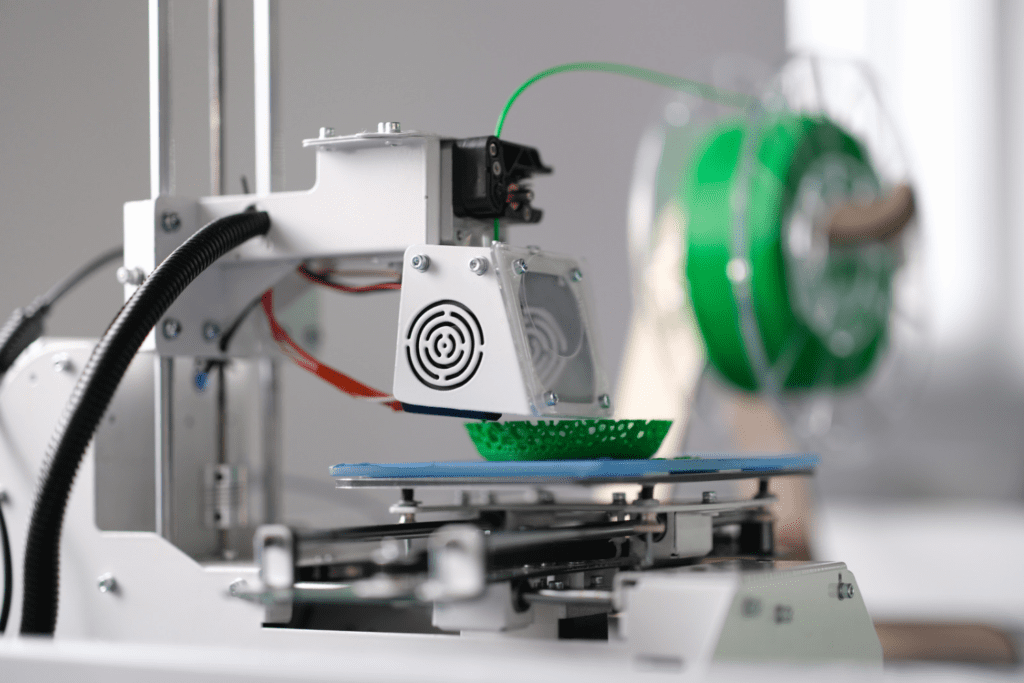
How Does 3D Printing Work?
Imagine having a magical machine that can turn digital designs into tangible objects, layer by layer. That’s precisely what 3D printing does! It starts with a computerized design (which can even be created by your kids using special software) that guides the printer to build the object, adding material layer upon layer until it’s complete.
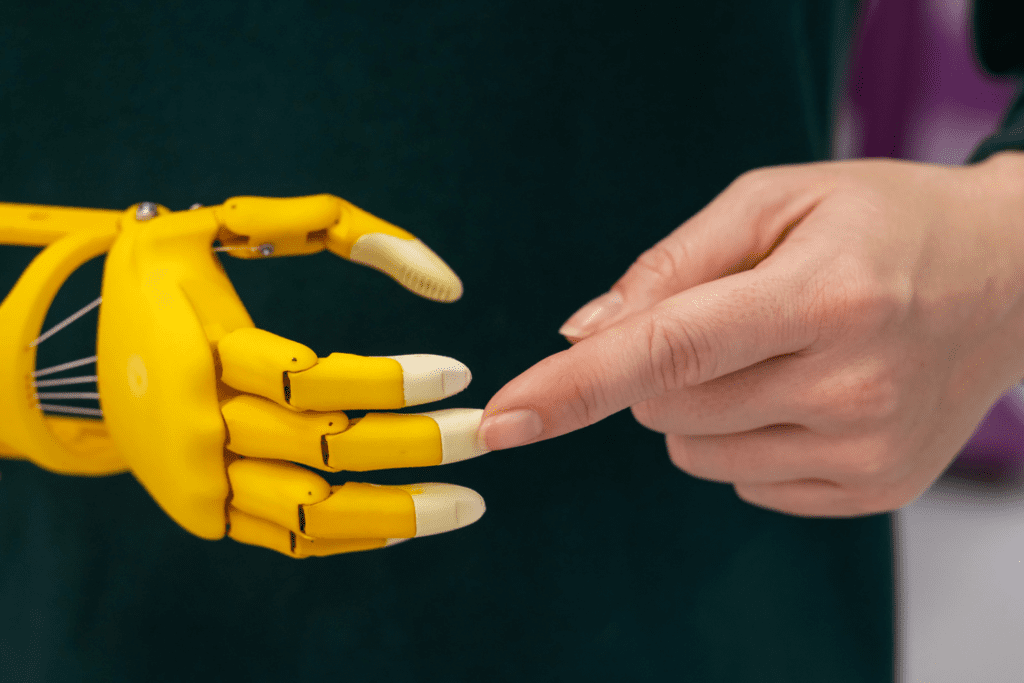

3D Printing: Making Everyday Life Better
3D printing has already started making a substantial impact on our daily lives, offering solutions to various challenges. Here are several detailed examples of how 3D printing can make everyday life better:
1. Customized Prosthetics and Medical Devices
Traditional prosthetics can be expensive and may not perfectly fit an individual’s needs due to variations in body structures. 3D printing enables the creation of personalized prosthetics tailored to an individual’s unique body shape and requirements. These prosthetics are not only more affordable but also more comfortable and functional.
2. Household Repairs and Spare Parts
Broken appliances or a missing part can render household items unusable, requiring replacements that might be hard to find. With 3D printing, missing or broken parts for various appliances can be recreated at home. Instead of waiting for replacements or buying entirely new items, 3D printers can produce these parts on-demand, saving time and money.
3. Tailored Dental and Orthodontic Solutions
Dental issues often require custom-fitted solutions, like braces or retainers, which can be costly and time-consuming to manufacture. 3D printing technology has revolutionized the dental industry. Dentists can now create precise and personalized dental implants, crowns, braces, and retainers. This not only reduces production time but also improves the accuracy and comfort of these solutions.
4. Innovating in Design and Manufacturing
Companies use 3D printing to create prototypes for new products, enabling them to test ideas quickly and make improvements before mass production. This reduces production costs and accelerates innovation in fields like aerospace, automotive, and food science.
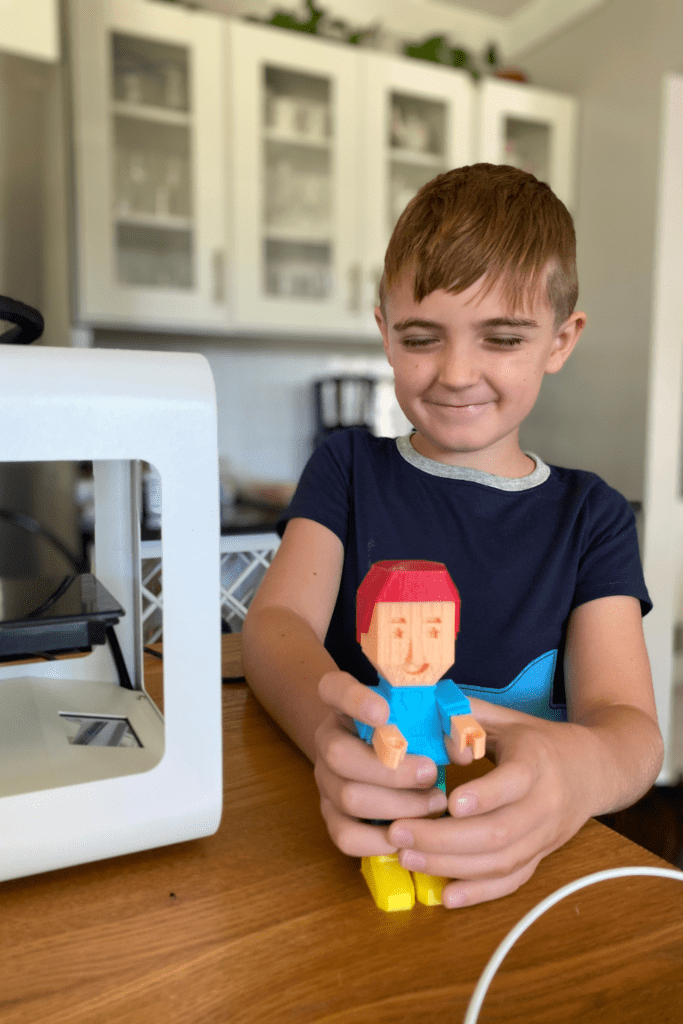

3D Printing: Teaching STEM and Sustainability to Kids
3D printing is reshaping the learning landscape for our students. It offers a hands-on approach to teaching STEM concepts, empowering students to engage with abstract theories in tangible ways, making learning more captivating and impactful.
1. Engaging in STEM Learning
3D printing brings science, technology, engineering, and math (STEM) concepts to life! It helps kids understand shapes, sizes, measurements, and even coding as they design their creations. In addition, 3D printing enables students to translate theoretical concepts into physical models, fostering a deeper understanding of subjects like geometry, biology, and physics.
2. Encouraging Creativity and Problem-Solving
By designing and printing their projects, kids learn to think critically and creatively. They must troubleshoot design flaws, consider material properties, and refine their creations—a process that nurtures problem-solving skills essential for their future endeavors.
3. Promoting Sustainability
3D printing encourages a sustainable mindset. It can use recycled materials, reducing waste, and teaching kids about responsible consumption and eco-friendly practices. 3D printing fosters the concept of “repair before replace”, giving students a way to design and create a missing or broken piece of an item, rather than tossing the item in the trash and purchasing a replacement.
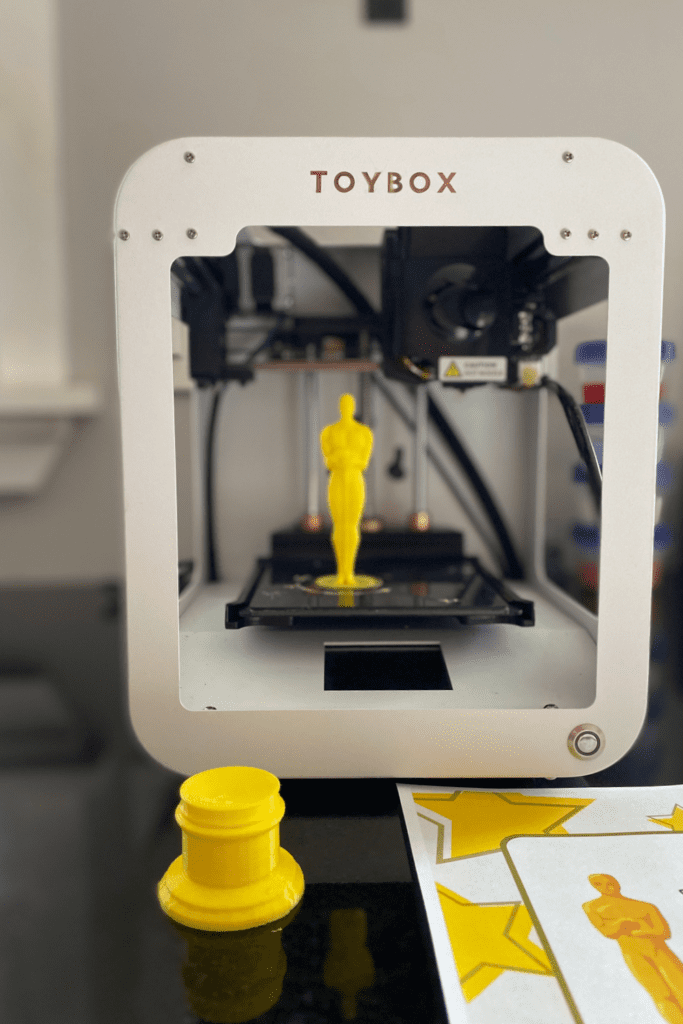

How Can Kids Get Started with 3D Printing?
My family and I have been exploring the world of 3D printing from the comfort of our home for the past year and it’s been so much fun! Here’s how we’ve done it:
- Explore Design Software and 3D Printers: There are kid-friendly 3D modeling programs available online, where they can create their designs, as well as easy-to-use 3D printers. My favorite 3D Printing toolkit is the ToyBox 3D Printer, which allows students to create their own designs or use the vast library of free designs already created. Read my review of the ToyBox 3D Printer here.
- Hands-On Workshops: Look for 3D printing workshops at your local college or science center, or place a request at your library for a student-focused 3D printing program to be offered. My local library is always taking requests for educational workshop topics!
- Educational Resources: I’ve created a free, printable workbook that introduces your learners to the vast array of real-world applications of 3D printing, including questions (and answers!) about the use of this technology in aerospace engineering and food production. Download it for free here!
Free Printable Focused on 3D Printing Applications
Looking for a simple way to introduce your learners to the science and sustainability applications of 3D printing? I’ve got you covered! I’ve created a free, 13 page printable workbook that covers the following topics:
- An explanation of real-world applications of 3D printing
- Links to articles about 3D printed food and the use of 3D printing in space exploration
- Discuss questions about each article
- Writing prompts about additional applications of 3D printing
- Answer keys
What are you waiting for? Get this free printable delivered to your inbox now!
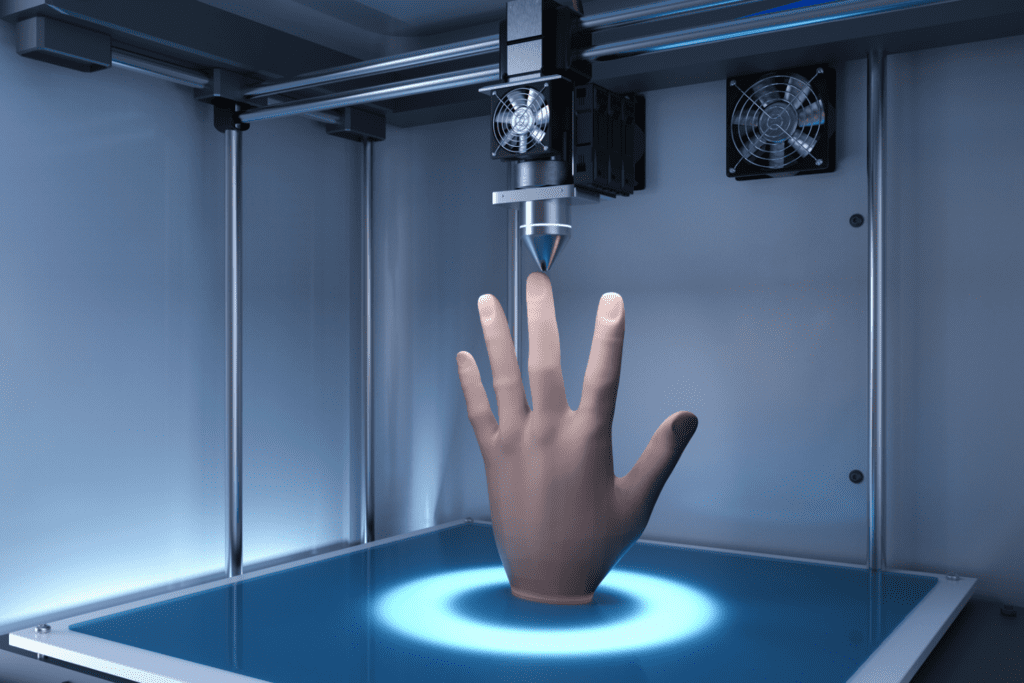

Embrace the Future with 3D Printing
By introducing kids to 3D printing, we’re not just giving them a peek into tomorrow’s technology; we’re empowering them to become problem solvers, innovators, and stewards of a sustainable future.
Encourage their curiosity, fuel their creativity, and watch as they turn their wildest ideas into tangible realities through the magic of 3D printing.
Here’s to nurturing the next generation of sustainably-minded innovators!

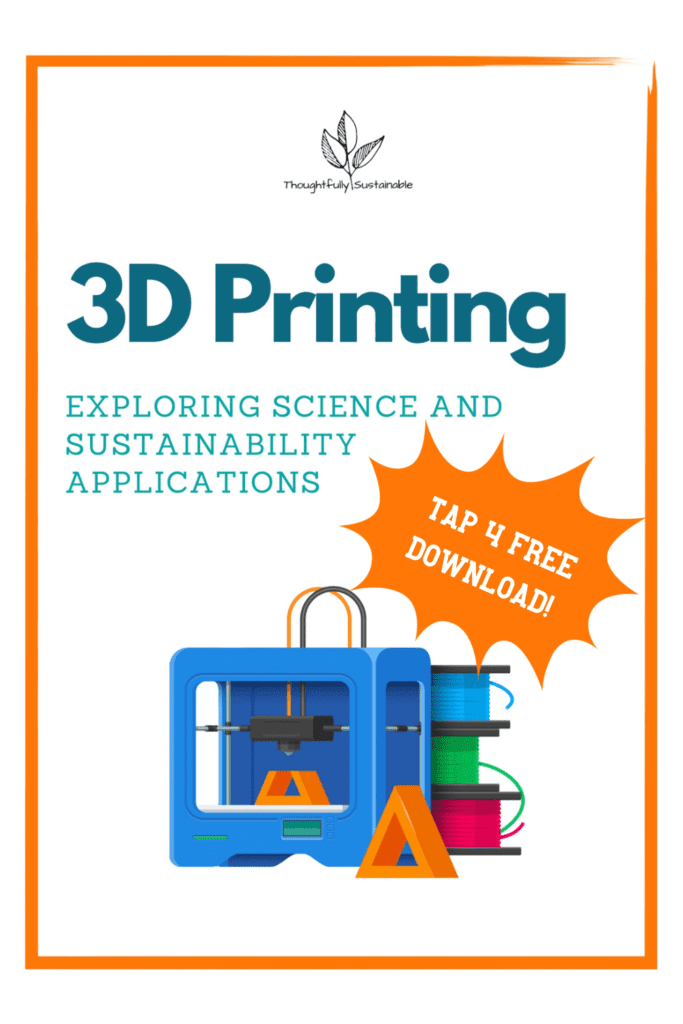

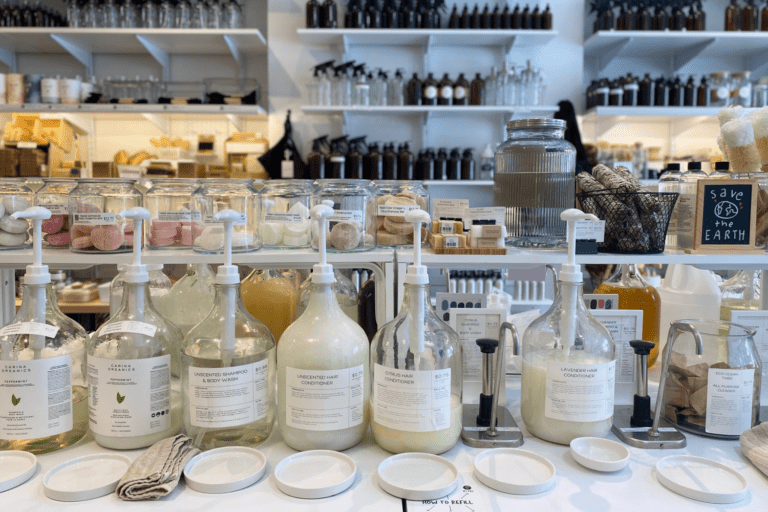

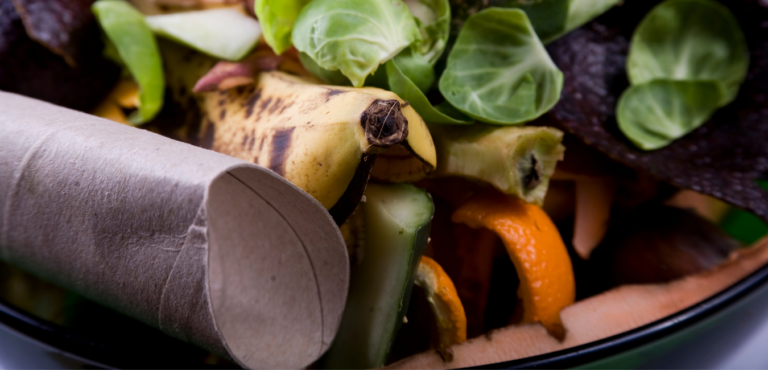
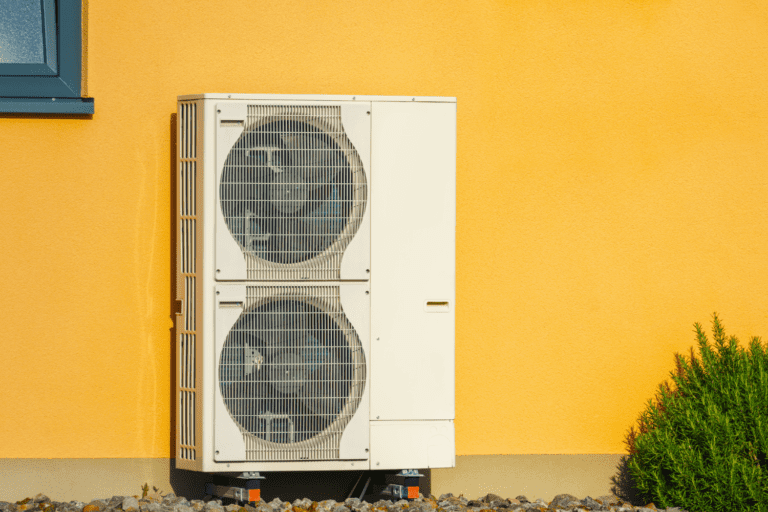
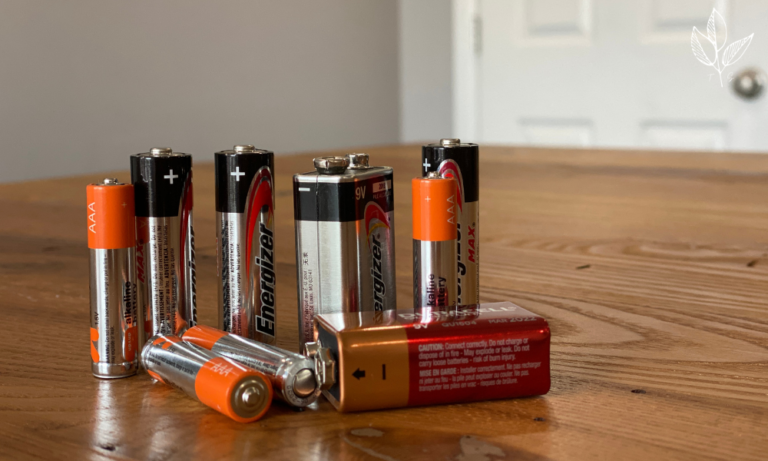
One Comment
Comments are closed.